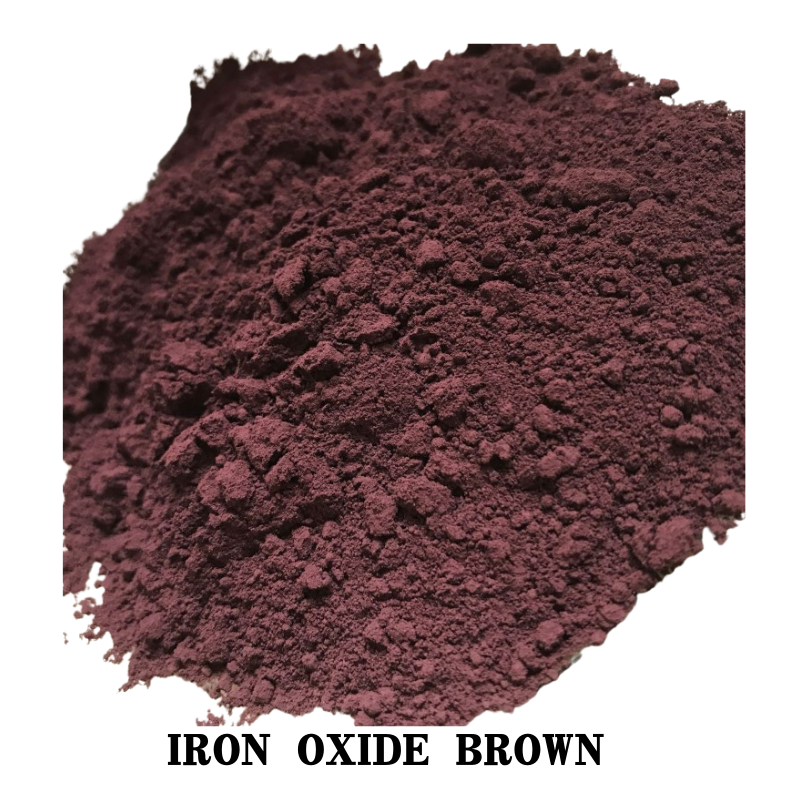
micro silica fume powder factories
The Significance and Impact of Micro Silica Fume Powder Factories
Micro silica fume, also known as silica fume or condensed silica fume, is a byproduct of the silicon and ferrosilicon industry. This ultra-fine powder consists mainly of amorphous silicon dioxide, and it plays a crucial role in enhancing the properties of concrete and various construction materials. Micro silica fume powder factories have emerged as essential contributors to the construction industry, with their impact extending to infrastructure quality, sustainability, and economic development.
The Production Process
Micro silica fume is produced through the high-temperature reduction of quartz sand in electric arc furnaces, resulting in the generation of silica fume as a byproduct. The process requires substantial energy and resources, leading to the establishment of specialized factories dedicated to the collection, processing, and distribution of silica fume. These factories utilize advanced technologies and equipment to ensure efficient production, capturing the fine particles that can often escape traditional manufacturing processes.
Once collected, the silica fume undergoes various treatments and packaging processes before being distributed to concrete producers and construction companies. The factories often implement strict quality control measures to maintain the consistency and purity of the silica fume, which is crucial for its application in building materials.
Benefits of Micro Silica Fume in Construction
The inclusion of micro silica fume in concrete mixes significantly enhances the material's properties. Firstly, it improves the strength and durability of concrete, making it more resistant to harsh environmental conditions, cracking, and chemical attacks. This quality is particularly beneficial in regions with extreme weather conditions or in structures exposed to aggressive chemicals.
Moreover, the fine particles of micro silica fume fill the voids between cement particles, resulting in a denser concrete matrix. This not only improves the compressive strength but also reduces permeability, minimizing the risk of water infiltration, which can lead to corrosion of reinforcing steel and other structural failures. As a consequence, the longevity of concrete structures is significantly extended, translating into lower maintenance costs over time.
micro silica fume powder factories

Sustainability and Environmental Impact
The role of micro silica fume powder factories extends beyond enhancing concrete properties; they also contribute to sustainability efforts in the construction industry
. The use of silica fume in concrete helps to reduce the overall cement content required in mixes, leading to lower carbon emissions associated with cement production.Cement production is notoriously energy-intensive, contributing approximately 8% of global carbon dioxide emissions. By substituting a portion of cement with micro silica fume, the construction industry can significantly decrease its carbon footprint. Additionally, utilizing a byproduct of another industrial process aligns with circular economy principles, promoting recycling and waste reduction.
Economic Considerations
Micro silica fume powder factories not only play a pivotal role in improving construction materials but also contribute to local economies. These factories create jobs and stimulate economic growth in their regions, providing employment opportunities in various fields, from manufacturing to logistics. Moreover, the increased demand for high-performance concrete solutions drives advancements in construction technology, enhancing the competitiveness of local industries.
The adoption of micro silica fume in construction also leads to cost savings in the long run. The durability and strength of concrete containing silica fume can lead to reduced repair and replacement costs, making it a financially attractive option for contractors and builders.
Conclusion
In summary, micro silica fume powder factories are vital components of modern construction practices. They provide a key ingredient that enhances the performance and longevity of concrete while promoting sustainability and economic growth. The ongoing advancements in production techniques and the increasing awareness of environmental issues will continue to drive the relevance of silica fume in the construction industry. As the demand for high-quality, durable, and environmentally friendly construction materials rises, micro silica fume will undoubtedly play a significant role in shaping the future of the built environment.
Share
-
Natural Premium Bentonite Cat Litter - Superior ClumpingNewsJul.31,2025
-
Premium Resin Coated Sand - High Heat Resistance CastingNewsJul.31,2025
-
High Quality Silicon Carbide Grit for Abrasive ApplicationsNewsJul.30,2025
-
High-Quality Ceramsite for Plants & Gardening | Lightweight PebblesNewsJul.29,2025
-
Premium Burgundy Glass Marbles for Vases & Shooter GamesNewsJul.29,2025
-
High Purity Quartz Sand for Industrial and Ground ApplicationsNewsJul.29,2025






